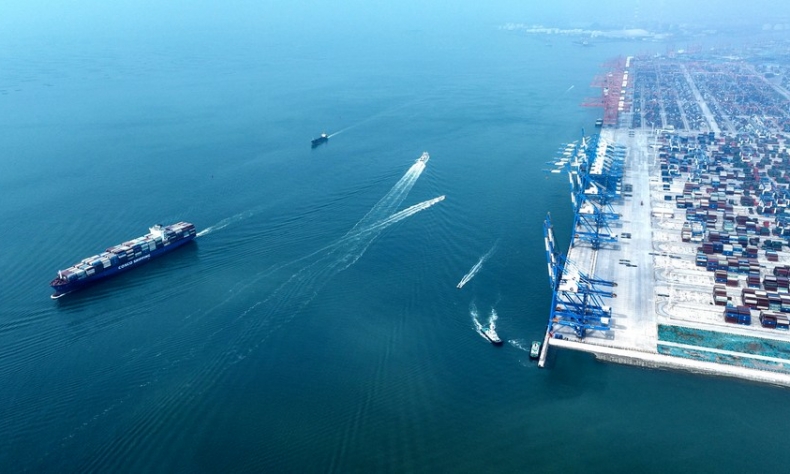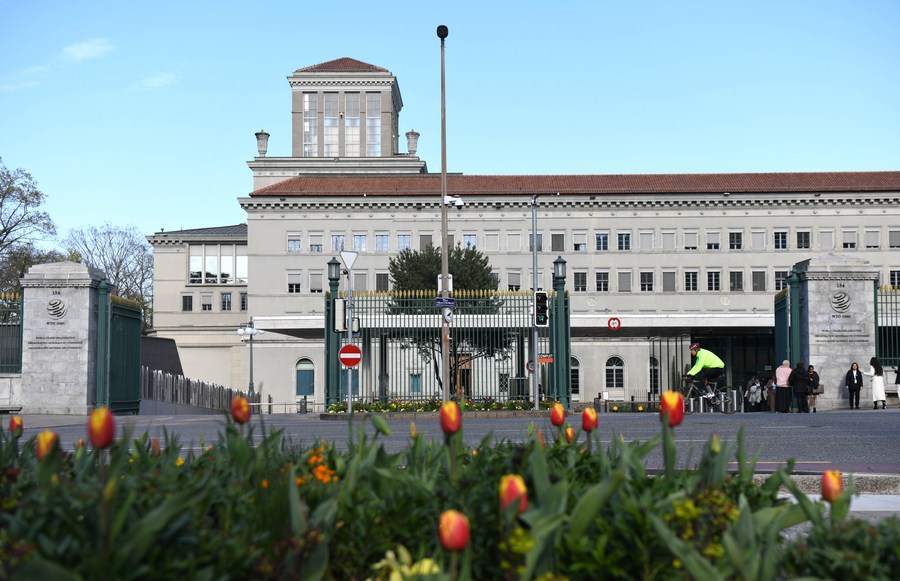Has China Fulfilled Its WTO Commitments?

Since its WTO accession, China has always carefully attended to ensuring its WTO compliance. Moreover, it has grown into a staunch supporter of the multilateral trading system.
The Office of the United States Trade Representative (USTR) recently released its 2023 Report to Congress on China’s WTO Compliance, giving the Joe Biden administration’s assessment of China’s membership in the World Trade Organization (WTO). The report deliberately turns a blind eye to China’s fulfilled commitments while asserting that China’s economic and trading systems and policies pose challenges to global trade.
The Chinese Ministry of Commerce condemned the report for its inaccuracy, with the focus of dispute being whether China has honored its WTO commitments.
So what are the commitments China made to the WTO when it was admitted into the organization in December 2001? Its commitments are threefold: economic marketization, tariff reduction and intellectual property protection.
In terms of marketization, before its WTO accession, China had already started to transition from a planned economy to a market-oriented one, and the WTO accession helped accelerate the marketization of the Chinese economy. For example, in order to align with international market rules, the Central Government abolished over 2,000 outmoded regulations and departmental rules, and local governments scrapped more than 190,000 local policies and regulations. The investment and business environment thus became more transparent and convenient. Today, China’s market economy is thriving and has become integrated into the global economy. Capital of any nature is granted national treatment on an equal footing.
China also promised to open up its foreign trading rights within three years of its WTO accession. The new Foreign Trade Law taking effect in July 2004 fulfilled the promise six months in advance of China’s commitment. China promised to open up 100 subsectors of the service sector in nine major categories. To date, it has opened up nearly 120 such subsectors, and additional major opening-up measures have been unveiled covering finance, insurance, legal services and distribution. China promised that the highest proportion of foreign investment in securities companies would reach one third within three years of its WTO accession and fulfilled its promise within one year. It lifted foreign ownership limits on securities firms in 2020.

As for tariff reduction, China’s overall tariff level was 15.3 percent in 2001, which it cut to 9.8 percent in 2004 as promised. The country lowered it further to 7.3 percent in 2023, lower than the average level of developing countries and close to that of developed WTO members. In this sense, China has fully met and even exceeded its WTO commitments. The tax rate on agricultural products, a hot topic back at that time, has been slashed from 23.2 percent to 15 percent. Currently, China’s tariffs on imported agricultural products are about a quarter of the world average, close to the level of developed economies.
In its efforts to protect intellectual property, since entering the WTO, China has established and improved related laws and regulations, established working mechanisms on intellectual property together with other countries, and built an intellectual property legal system in line with WTO rules and China’s national conditions. Laws including the Trademark Law, the Anti-Unfair Competition Law, the Patent Law and the Copyright Law cover all aspects of intellectual property protection. China has also strengthened its law enforcement and judicial capabilities, setting up three intellectual property courts in Beijing, Shanghai and Guangzhou, and specialized trial institutions in 15 intermediate courts in cities including Nanjing, Suzhou, Wuhan and Xi’an, so as to strengthen the leading role of the judiciary in intellectual property protection.
Since its WTO accession, China has always carefully attended to ensuring its WTO compliance. Moreover, it has grown into a staunch supporter of the multilateral trading system. It is not the first time that the United States has availed itself of the WTO as an excuse to find fault with China. In recent years, the USTR has released reports annually on China’s WTO compliance, which have made similar accusations. An important reason it does so is to place roadblocks on China’s path of economic growth.
 Facebook
Facebook
 Twitter
Twitter
 Linkedin
Linkedin
 Google +
Google +










